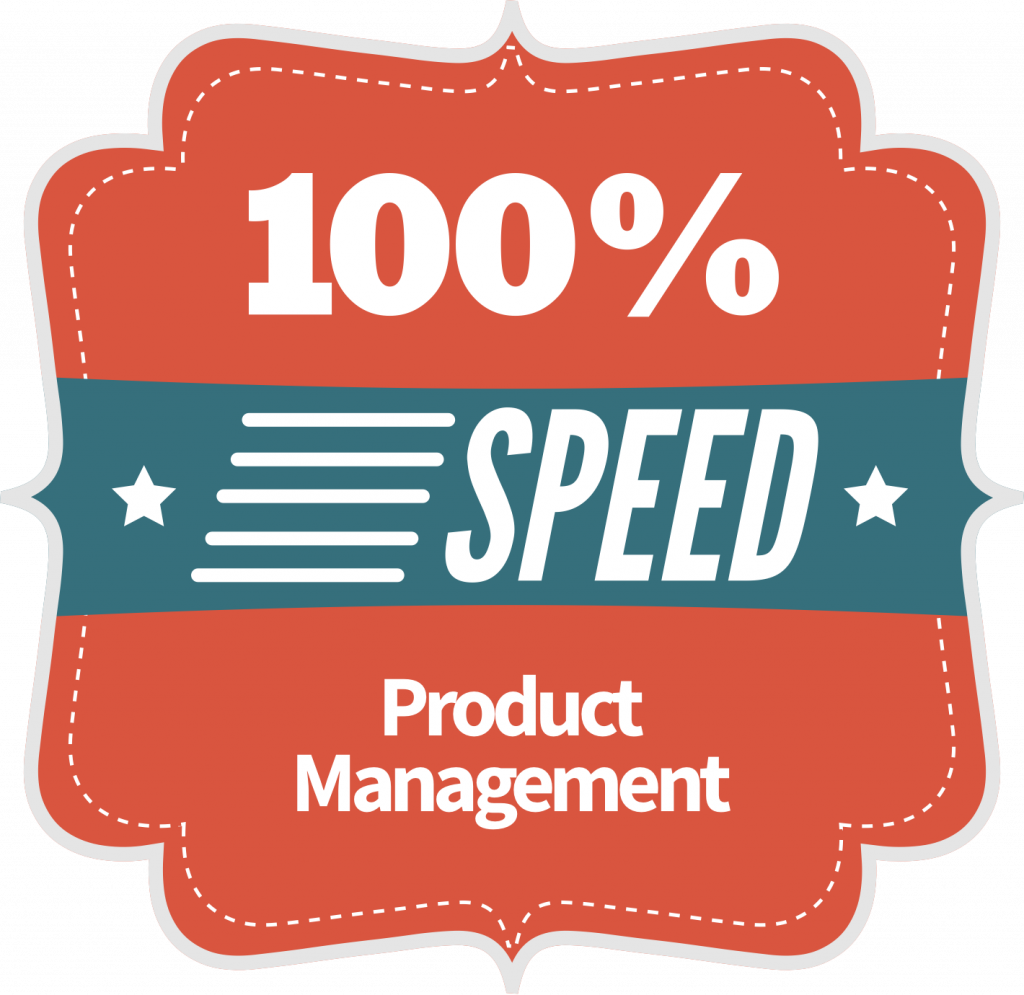I recently wrote about why Speed is not the same as Velocity.
Speed is just moving fast, whereas velocity is moving fast in the right direction.
Fred Wilson also posted this week on Urgency, and how in his role as a board member and advisor he presses startups to foster a healthy Sense of Urgency in the business. A healthy sense of urgency breeds what I call Good Speed.
Good speed has a positive impact on your velocity and brings you closer to your goals. Bad speed takes you further away from them.
So what is good speed, and how do you create it?
Here are some PM Rules of Good Speed.
1. Prioritisation
Good speed is about good prioritisation.
Prioritisation is all about answering the question: what is the most valuable thing we can do next? What is the next highest leverage option?
In my previous Growth Team I used the I-C-E method (Impact, Confidence, Effort) for helping to quickly prioritise roadmap items:
- Impact: how much value we can deliver to the customer?
- Confidence: how certain are we that it will deliver the value we expect?
- Effort: how much effort will it take to deliver
, and what are the opportunity costs (what are we unable to work on in the meantime)?
Always deliver the highest value things first.
2. Focus, focus, focus
As a PM you’re always in a situation where you have multiple ongoing initiatives: open customer requests and bugs, that strategic partnership, the platform refactoring project and other technical debt, not to mention your product backlog of new features and improvements. It can be tempting to work on many different things at once, as it gives the feeling of progress and momentum on everything. Unfortunately, this is usually a false economy. The more plates you have spinning at once, the more often the team will be context switching between topics, and each thing you’re doing will end up taking longer.
Great prioritisation is all about the things you don’t do.
3. Finishing, not starting
There are always new requirements coming in from all sides. You’ll often feel pressure from stakeholders or customers to stop working on what you’re doing to “squeeze in this important requirement” or “respond to this change”. But if you’re halfway through something, it’s a good idea to finish it first before moving on to the next thing. Putting a task down, and then picking it up a couple of weeks or months later is a big waste of time. You’ll all spend time getting your heads back into the topic, finding the specs and designs, figuring out where you left it, which branch it’s on, etc. The half-written code will be stale, will need to be re-based or maybe even re-written. In the worst case you’ll have to throw away everything you worked on and start from scratch.
Resist the urge to change priorities mid-way through delivering value, as it makes everything more expensive in the long run. Even if it feels like the right tradeoff in that one moment, do the exercise of adding up all the times you do that over a year, and the impact that all those times added up will have on the total value delivered…
3a. Reversal: Beware the sunk costs fallacy
The reversal to this rule applies when you learn something that renders what you are working on right now obsolete. Maybe the company strategy changed, or you obtained new market data. Whatever the cause, if you learn the thing you’re working on is of low value, pull the plug early. It can be tempting to think “… but we’re already half done, we might as well finish it…”. Don’t. The time you’ve already spent is already spent. It’s sunk cost – you can’t get it back. So if the time you spend finishing it could be spent on delivering value that will positively impact your business – then absolutely do that instead.
4. Time to value
Time to value is about how you structure your roadmap and break down features to get to the core value as quickly as possible.
Focus on what is needed to deliver the core value to the customer, and on building that. If what you’re doing is peripheral to the core customer value, consider doing it later, or not at all.
5. Tradeoffs
Fast is often also about making tradeoffs.
The classic: “Let’s skimp a bit on quality now to get the feature out the door, and we’ll fix the bugs later.” Every product team has limited runway ahead of them, but the life-or-death feeling is particularly acute in a tech startup. The pressure from the market to get to value as quickly as possible is real. But make no mistake: skimping on quality is taking on debt. You’ll need to pay it back eventually. Understand this; and make the decision to take on debt consciously, and as a team.
Related: this fantastic article on classic over-engineering mistakes software teams make.
6. Motivation and energy
A high level of motivation and energy will make the difference when it comes to that last 2% that takes you over the finish line. It makes all the difference between “I have to get this done before I go home tonight” and “I’ll take care of that tomorrow.”.
Remember: you cannot mandate motivation, but you can provide the mission and the environment that breeds it.
Good speed is a positive Sense of Urgency.
Get focussed and get finished.
